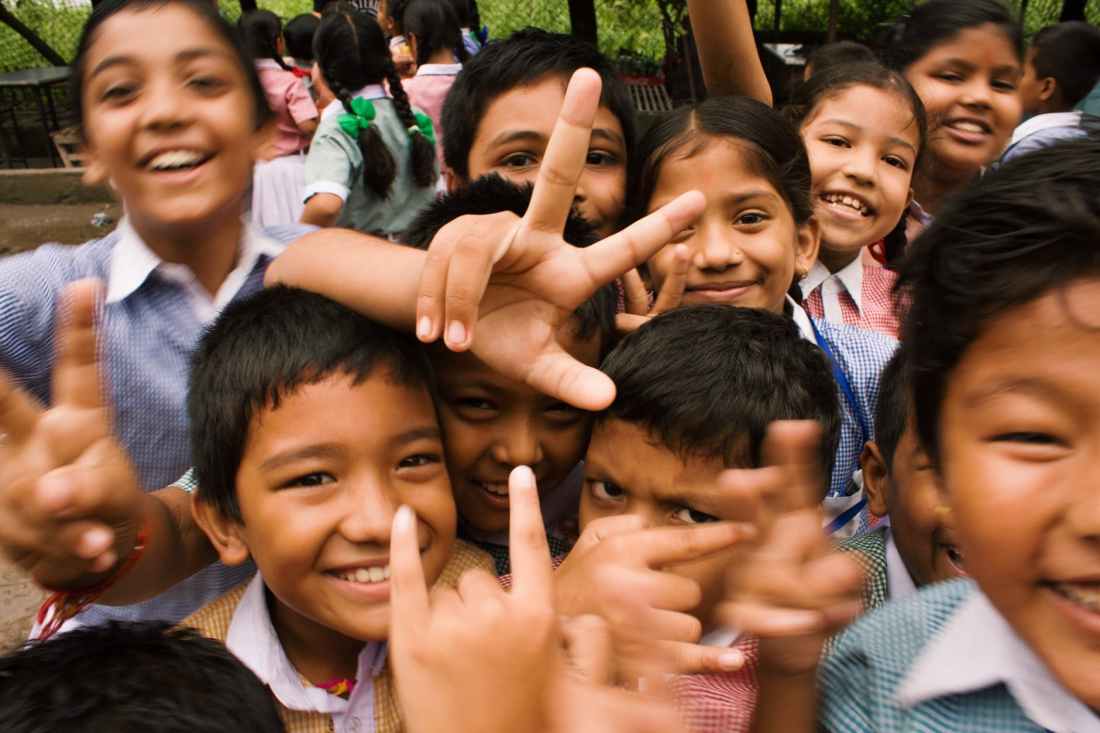Every North-Easterner living outside North-East, in the varied cities of India, has experienced everyday racism. Whether this racism is in the scale of “all you north-eastern people look alike to me” to “I will not give my house to you people for rent” to “your people are being raped because of their clothes” to even death due to one’s hairstyle is a matter of simple luck regarding who we meet or not meet on the given day. I think that the Mumbai journalist Ushnota Paul, of Bengali origins, had an experience somewhere in between the mid-two measure on the scale. A regular Monday in an Uber pool turned out traumatic when her co-passenger became aggressive and not only verbally abused her but felt comfortable enough to call her a ‘chinky, chinkys**t’ and then physically assault her.
I say ‘comfortable enough’ because I know that the abuser would never be comfortable behaving as such to anyone but of our minority race. Racism is a tricky topic to discuss in India. By ‘tricky’ I mean we refuse to discuss it. As a result of the incident several media portals reported on the same with noteworthy titles like Women Attacked by Uber Pool, tweets ordeal or Mumbai horror: journalist physically attacked by another woman in Uber or Face Scratched and Hair pulled out, Mumbai woman alleges assault by Uber pool co-rider or the rather long Women gets abused and harassed by female co-passengers during Uber Ride in Mumbai! Cab company denies sharing accused information with police. But, notice what is missing in all of them? Yup, you got it right the mention of racism. I can bet all my nonexistent life savings that these outlets are quite comfortable calling out all the racism in the West, like Post Trump, Racism has become a constant reality or Indian Origin-Cambridge lecturer goes on strike after racist snub at London College; there are thousands more where these came from. For the discourse on racism to actually start, one has to be first comfortable putting it main and center for discussion and not serving it as a forgotten side dish.
•••••
“I don’t know where this belief comes from, but I do know it has consequences. When you believe ‘niceness’ disproves the presence of racism. It is easy to start believing that bigotry is rare, and that the label racist should be applied only to mean-spirited, intentional acts of discrimination. The problem with this framework —besides being a gross misunderstanding of how racism operates in systems and structures enables by nice people—is that it obligates me to be nice in return, rather than truthful.”
–Austin Channing Brown (Author, I’m Still Here)
•••••
It will be almost too easy to criticize this piece as playing the ‘racism card’ in what was an isolated ‘bad woman’ incident in a tragic Uber pool. But if you are waiting for our own version of Rosa Parks moment to speak against racism then you will be kept waiting a long time, my friend. Much like gender, caste, and class, racism does not present itself as clear and outright cognizable offenses under the Indian Penal Code. Instead, it comes across as experiences of disrespect, humiliation, and degradation where the way we look is identified, separated from the rest, mocked or attacked. It may or may not result in a crime but in either case, no one talks about it. If disrespected, humiliated or degraded, we are encouraged to let it go because ‘why invite further targeting?’ and if victimized, it is plain old assault so why bring race into it?
For a recent post I wrote about admissions in Delhi, I had sat down with members of the Arunachal Student Union Delhi, when our conversation naturally converged onto the topic of racism, “Oh, you could write a whole other article on it” they said. The boys were pragmatic in their replies, considering I was posting my article publicly, discussing both sides of the arguments and even going on to say “our people should be less egoistic and humbler when approached by them, curious people”. Finding it difficult to concur with them, I asked point blank, “So, does racism exist or not?” Came the quickest of replies, “Of course, it does but we have to figure out ways to survive when we come to their area even with racism?” And that is the bitter truth about racial experiences. It creates ‘our’ area and ‘their’ area. It creates ‘Us’ and ‘Them’. There are young people who are using their mental energy figuring ways of surviving, ways of reducing the number of racial experiences they face, in a society that is already against them based on their looks. In her Facebook live video, Ushnota addressed the incident calling the racial slurs as ‘harrowing’ and clarified that “I am from Kolkata, not technically the North-East but I have many friends from there” cementing the lived experience of racial identity taking precedence over regional ones.
Also, females or rather non-cis-man certainly have a more complex and tougher racial experience. Because while the men still have the privilege of letting people approach them, I think I can speak for most females that I absolutely don’t wish for any stranger to ever approach me just because they are curious about my gender or race. Given the patriarchal climate we all are embedded in, it is difficult to point out exactly where a north-easterners gender and race intersect. Yet, I know for certain that no other female colleague of mine has had a high-ranking police officer when asked about sex trafficking (which I was researching) tell them, “Madam, Aapke jaise log bohut hain yahan pe.” (Madam, there are many women who look like you involved in it). Now, of course, I could have corrected a senior police officer in his own chamber, in an unfamiliar state, all by myself but I had rather take comfort in the fact that he called me ‘madam’ at least.
Ushnota Paul who graciously referenced Harry Potter, when bravely sharing about the scar on her forehead she received due to the assault, has started an important stimulus for discussions on racism in our country. One we must not be shy to grab by the horns. If awareness is key, then addressing it is an excellent place to start. Racism cannot become the He-Who-Must-Not-Be-Named of our times. Also, as a fellow Potterhead, it is imperative I remind you all that it is the ‘Scar’ that marked Harry as Voldemort’s equal thus setting the prophecy in stone and that the ‘The Girl Who Pushed the Discourse on Racism in India’ certainly has a nice ring to it.





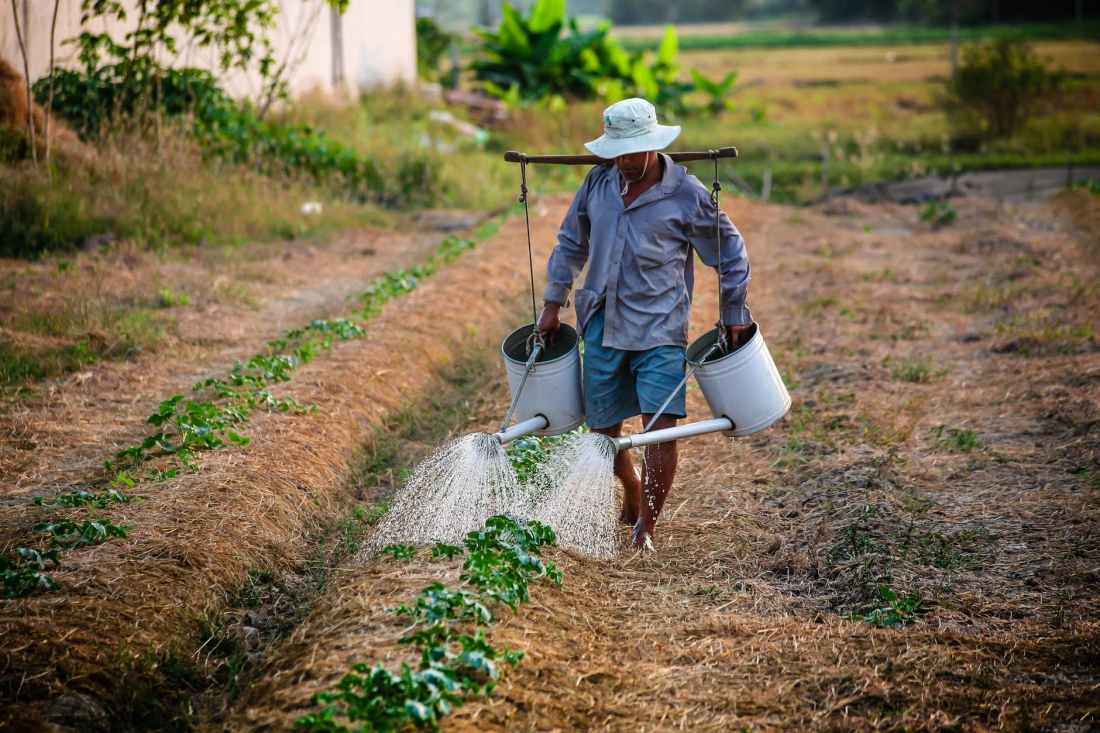

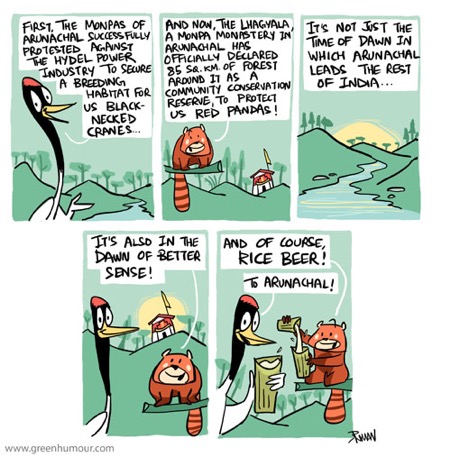










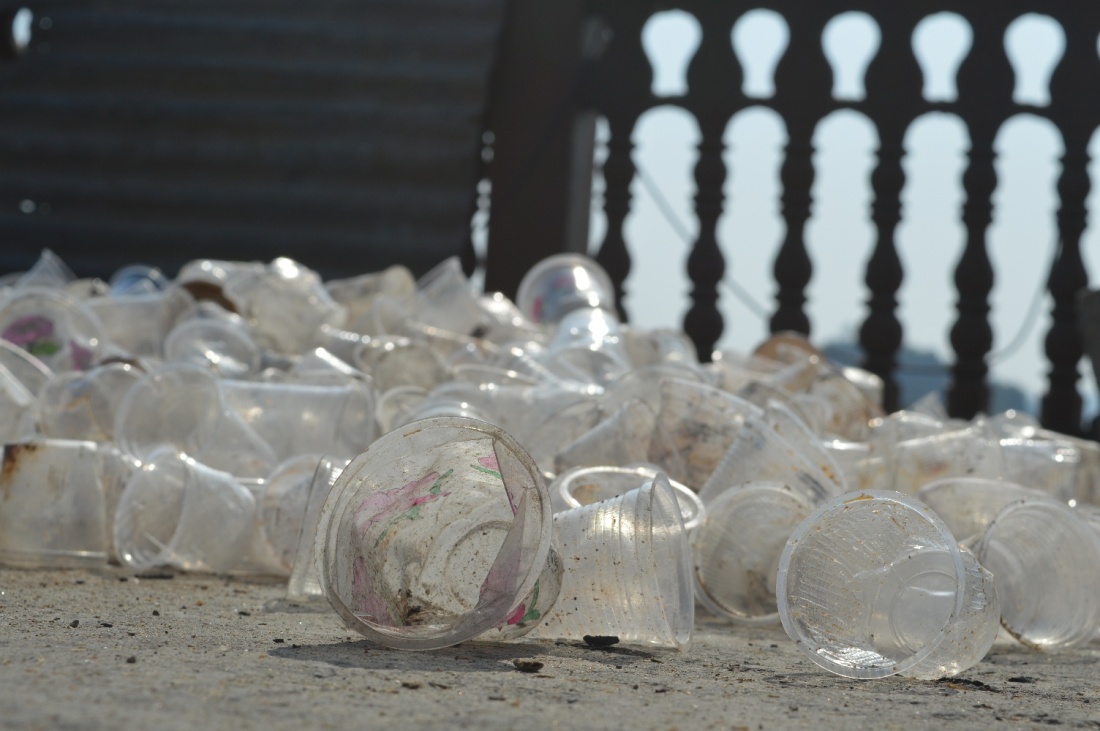
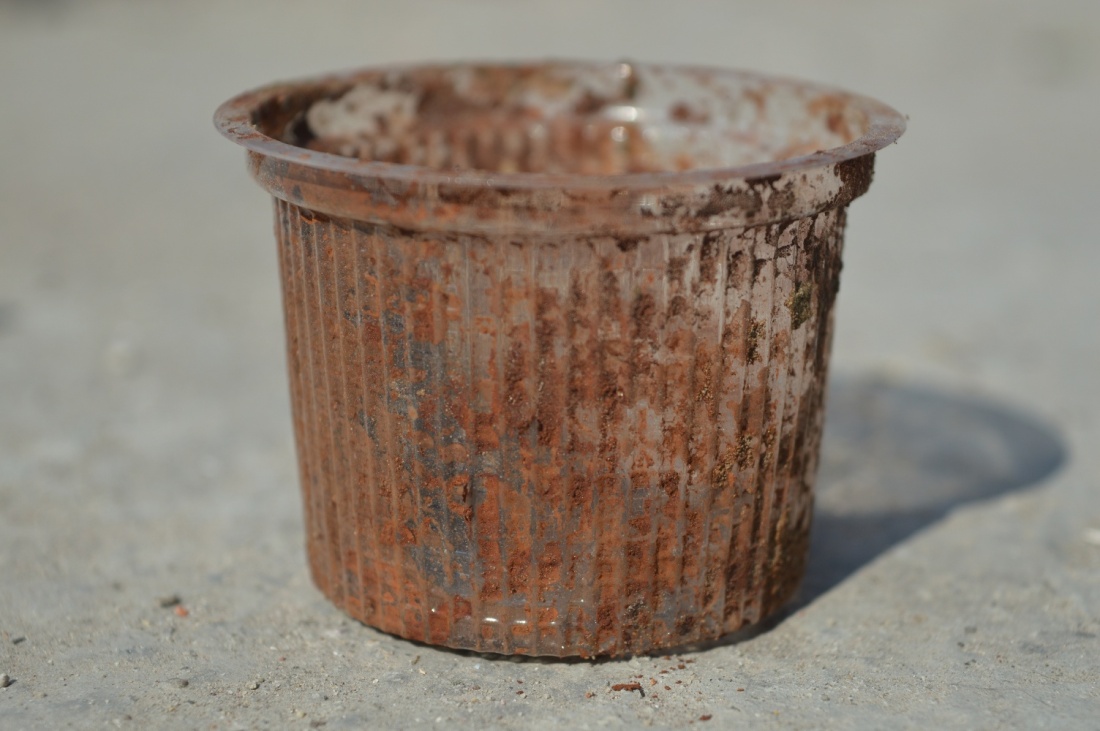

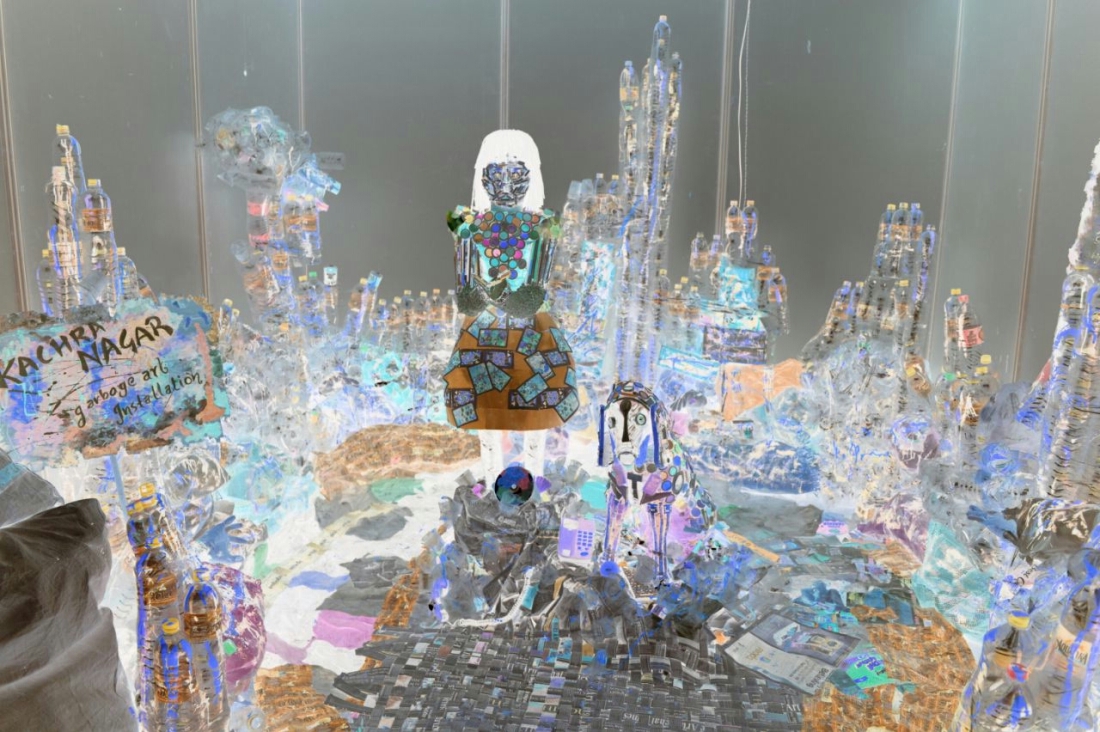







![IMG-20180530-WA0008 “They had a Home science subject in my school for Class-XI and I took it as I enjoyed cooking. We were only 5 to 6 boys in a room full of female classmates and my teacher, Geeta Ma’am, was really supportive of my skills. Geeta ma’am would keep telling me that the shape of my ‘rotis’ were even more round than the girls [laughs]..and she kept giving me ‘Stars’ for excellence in my report cards. Even at home, my enterprising father would keep calling all his friends to try my cooking. So looking back, I really think, that’s where it all began.” (2/2)](https://thedawnlitstories.files.wordpress.com/2018/05/img-20180530-wa0008.jpg?w=475&resize=475%2C356&h=356#038;h=356)
